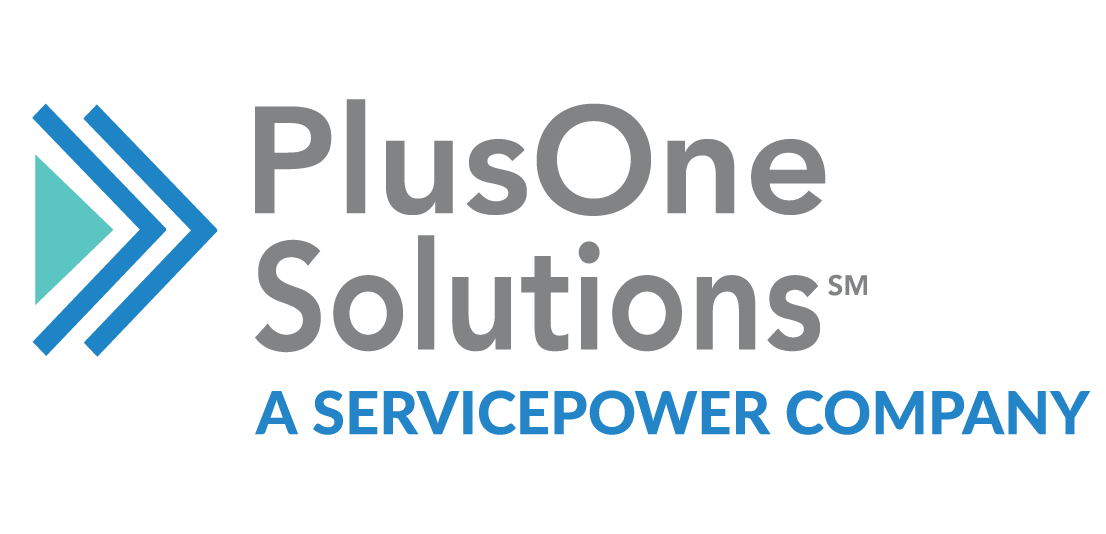Introduction: The Need for Continuous Monitoring
For many decades, annual background checks have been the standard for vetting workers. That’s no longer the case.
Although they work well as an initial safeguard, they often fail to address the dynamic risks that surface after the offer letter is signed. In the current workforce, which is rapidly evolving day by day, relying only on periodic checks is risky at best.
Consider this: an employee who successfully passed their background check last year may face new financial or legal issues or exhibit behavioral red flags long before their next scheduled screening. Without a system in place to point out these risks in real time, organizations may unknowingly compromise workplace safety, compliance, and trust.
Continuous criminal monitoring addresses vulnerabilities like these through the provision of real-time alerts on employee background changes. This gives risk managers, compliance officers, and HR professionals the chance to respond quickly.
Adopting this approach can also help you cultivate a culture of both safety and accountability, where trust is continually validated rather than assumed. Read on to learn more about why annual background checks just aren’t enough anymore.
Understanding Continuous Monitoring Technology
Continuous monitoring in this technological age hinges on advanced data aggregation tools, AI-driven analytics, and integrations with legal and compliance databases. In contrast to traditional background checks, which are static snapshots of information, continuous monitoring functions as a dynamic feed for employee risk data.
Here’s how it works:
- Automated systems pull updates from court records, criminal databases, driving reports, and professional license registries.
- AI and machine learning filter relevant employee and contractor updates, lowering the incidence of false positives and homing in on actionable risks.
- Real-time notifications alert HR and compliance teams at the exact moment an issue arises, rather than several months later.
Thanks to recent advancements, organizations can look far beyond criminal records and track:
- Financial irregularities
- Professional credential data
- Compliance-related red flags
This technology affords companies a comprehensive, ongoing view of employee reliability.
Compliance and Regulations in Continuous Monitoring
Before introducing continuous monitoring, look into any relevant compliance and legal boundaries. It’s important to avoid violating workers’ rights.
Some of the main compliance regulations pertaining to continuous monitoring include:
- Fair Credit Reporting Act (FCRA) Compliance: Continuous monitoring must meet transparency, disclosure, and consent standards.
- State-Level Privacy and Employment Laws: Several states (including California, Virginia, and Colorado) have enacted laws governing employee data privacy and workplace monitoring. For example, the California Consumer Privacy Act (CCPA) lists highly specific rules for how personal information (including employee/contractor background data) can be collected, stored, and shared.
- EEOC and Anti-Discrimination Standards: Monitoring practices should also be in line with the Equal Employment Opportunity Commission (EEOC) guidelines. Continuous screening should never be handled in a manner that disproportionately impacts certain worker groups or gives way to discriminatory hiring and employment practices.
- Clear Policies: Organizations should tell workers when and how monitoring will be conducted and share its purpose, which is to protect both the workers and the business. In being transparent about the monitoring scope, process, and safeguards, you can build trust within your workforce and minimize the perception of secrecy or overreach.
Some of the best practices for compliance in employee monitoring include:
- Partnering with compliance-focused screening providers
- Maintaining transparent communication with workers
- Embedding monitoring within established HR and legal frameworks
When implemented responsibly, ongoing background checks strengthen compliance rather than jeopardize it.
The Impact of Continuous Monitoring on Workplace Safety
Workplace safety is no longer limited to preventing accidents on the job site. It now requires proactive risk management to identify and address employee-related issues before they turn into major threats or costly incidents. With around-the-clock monitoring, you can improve safety outcomes by catching issues that annual checks miss.
If a contracted service technician loses their professional license mid-year and the company doesn’t find out until the next annual background check, that technician may continue working in customers’ homes while out of compliance. This is a major liability. Similarly, if a contractor in a roadside assistance network comes into sudden legal issues, any applicable risks to the company may remain hidden until it’s too late.
Continuous monitoring closes these gaps by alerting companies in real time, allowing them to act before risks escalate.
Monitoring on a continual basis reduces false negatives and closes knowledge gaps – this means you’re able to act quickly in the interest of workplace safety. The result is a stronger workplace culture where employees feel protected and leadership demonstrates a genuine commitment to ongoing safety.
Technological and Ethical Considerations
By this point, the benefits of continual employee monitoring may be clear. Still, this form of tracking can be perceived as ethically ambiguous. Workers may even see it as intrusive if management/HR doesn’t present it thoughtfully.
Employers can minimize negative worker perceptions by:
- Pushing transparency at every turn. Employees and contractors should know monitoring is in place, why it exists, and how it protects everyone.
- Privacy safeguards must be prioritized. Place rigid limitations on who can access monitoring data and how they can use it.
- Be mindful of technology challenges. Any technology should be easily and securely integrated with your existing HR systems. Data accuracy is also paramount. These issues can, and should, be addressed through strategic vendor partnerships and robust IT support.
When organizations respect worker privacy and emphasize the shared goal of safety, continuous monitoring becomes a tool for empowerment – not surveillance.
Future Trends in Employee Safety Monitoring
When it comes to HR compliance background checks and workplace safety, continuous monitoring is just the beginning. As technology evolves, we’ll see even more intelligent, predictive safety solutions come to market.
A few emerging trends include:
- AI-driven risk prediction: Using behavioral data to anticipate potential compliance or safety issues.
- Integration with workforce analytics: Monitoring data combined with HR metrics to create holistic employee risk profiles.
- Decentralized employee compliance monitoring: Blockchain-based systems ensuring immutable, transparent worker record verification.
These innovations will help employers as they move from reactive to proactive safety management.
Conclusion: Integrating Continuous Monitoring for Enhanced Safety
In a business environment fraught with risk, annual background checks don’t provide the level of protection businesses need. But continuous monitoring fills the gaps.
Key takeaways for organizations considering continuous monitoring:
- Annual checks are outdated; risks emerge continuously, and the sooner you act on them, the better.
- You can foster compliance with transparent policies, worker communication, and vendor support.
- Continuous monitoring enhances workplace culture by reinforcing safety, accountability, and trust where all are concerned.
Partnering with an experienced background screening company – PlusOne Screening ensures that organizations like yours can implement continuous monitoring backed by PBSA-accredited compliance expertise, industry-leading turnaround times, and PCI DSS data security. Contact us now to learn how you can better protect your people, your reputation, and your future with continuous monitoring.




